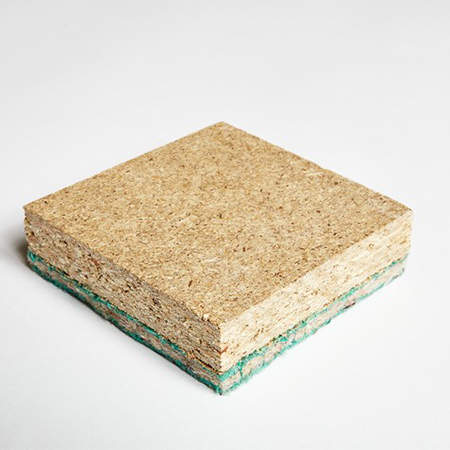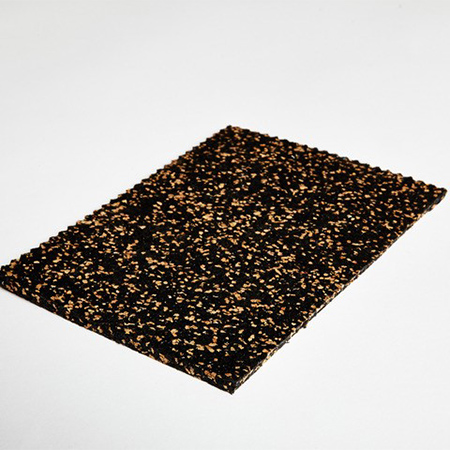What is reverberation noise and why do we have it?
Reverberation noise is produced when a sound source stops within an enclosed space. Sound waves continue to reflect off the ceiling, walls and floor surfaces until they eventually die out. These reflected sound waves are known as reverberation.
Reverberation is becoming an increasingly common problem in today’s society, owing to recent trends in modern interior design, for example sound absorbing products such as carpets and curtains are being replaced with hard flooring and blinds. These are highly reflective surfaces and as a result will increase the reverberation time, thus amplifying the ambient sound levels of a room.
What can be done to reduce reverberation noise levels?
Hush Acoustics offers a range of solutions to reduce reverberation noise levels, one of which is the Hush Absorber range. This range of acoustic absorber panels have a Class A absorption rating and comply with UK Building Regulations Approved Document E (England & Wales), Section 5 of the Scottish Building Standards (Scotland) and Approved Part G (Northern Ireland) as well as with BB93 Standards for Acoustics in Schools.
Robert Crampton, Managing Director of Hush Acoustics, commented, “Our Hush Absorber range is a really popular option with our customers. One of the worst cases of reverberation noise problems I have ever encountered was in a primary school, in particular their multi-use hall and dining area. School assemblies were often a struggle as reverberation noise levels meant speech clarity was poor.
After we carried out a site inspection, we recommended the use of our Hush Absorber Panels to bring the school hall reverberation levels in line with BB93 guidelines. After installation, there was a noticeable difference in the levels of reverberation noise and teachers found it easier to present assemblies.”
View Hush Absorber Panels Product Entry





